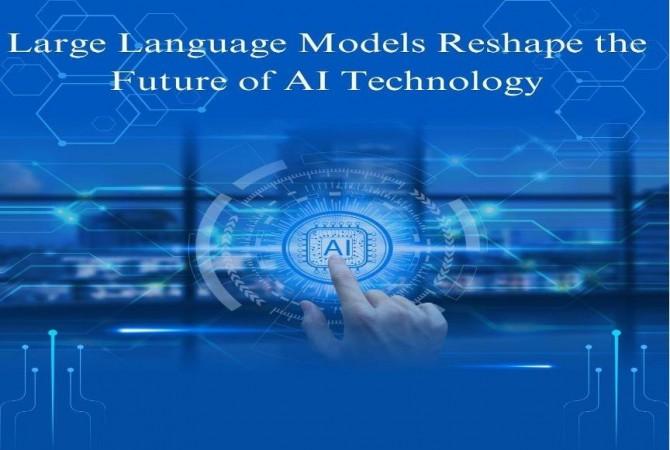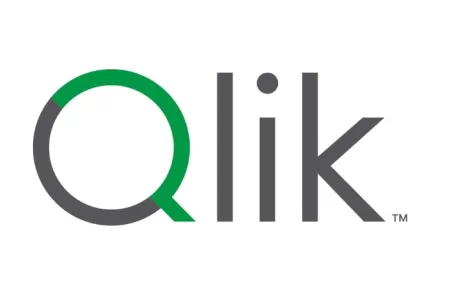Large Language Models Reshape the Future of AI Technology
3 min read
In today’s world of rapid technological advancement, Large Language Models (LLMs) are fundamentally transforming our approach to artificial intelligence. Rajesh Kamisetty, a technology expert from the USA, has conducted comprehensive research examining how these sophisticated models are revolutionizing natural language processing and conversation production.
The Evolution of Language Understanding
Large Language Models, powered by advanced neural networks like Transformers, revolutionize text processing and generation. By learning from vast text data, they excel in understanding language patterns, following instructions, solving complex problems, and learning from examples. This marks a significant leap in artificial intelligence, enabling human-like content creation and analysis.
Architectural Innovations Drive Progress
The integration of sophisticated architectures has been crucial in advancing LLM capabilities. Multi-layer Transformer architectures with self-attention mechanisms allow these models to recognize complex patterns and distant relationships in input text. This technological foundation enables high-quality text generation and accurate representation of word and phrase interdependencies, leading to more natural and contextually appropriate responses.
Expanding Horizons Through Multi-Modal Integration
One of the most promising developments is the integration of multi-modal inputs, including images, sounds, and videos, into LLMs. This advancement opens new possibilities for tasks like multimodal sentiment analysis, interactive media creation, and image captioning. The combination of different types of data inputs creates more comprehensive and contextually rich AI solutions.
Addressing Ethical Considerations
The deployment of LLMs brings important ethical considerations to the forefront. While these models offer tremendous potential across various sectors, they also present challenges related to bias, misinformation, and accountability. The development of ethical frameworks and proactive governance measures is essential to ensure responsible implementation and use of these technologies.
Transforming Industries Through Innovation
The impact of LLMs extends across multiple sectors, from healthcare to creative industries. These models are enhancing user experiences through more human-like interactions and customized responses. In content creation, they’re providing tools for grammatical checks and original material development, while in technical fields, they’re facilitating more sophisticated problem-solving capabilities.
Overcoming Technical Challenges
Despite their capabilities, LLMs face significant technical challenges. The computational resources required for training and inference present obstacles in terms of cost and energy consumption. Additionally, the need for extensive fine-tuning to adapt these models for specific tasks or domains requires substantial time and resource investment.
Future Directions and Potential
The field continues to evolve with promising developments in specialized models and enhanced capabilities. Research is focusing on improving model efficiency, reducing computational requirements, and developing more robust and ethical AI systems. The integration of LLMs with computer vision and other technological domains suggests exciting possibilities for future applications.
The convergence of generative AI and Large Language Models (LLMs) is paving the way for groundbreaking technological advancements. This rapidly evolving field is steering towards the development of applications that are more streamlined, efficient, and ethically responsible. Major strides are being made in reducing computational costs, enhancing model performance, and fostering responsible AI integration. The impact of these technologies spans diverse sectors, promising revolutionary changes in areas ranging from healthcare diagnostics to creative content generation. Despite challenges like bias mitigation and resource intensity, ongoing research is persistently addressing these hurdles, pushing the boundaries of what AI can achieve.
In conclusion, Rajesh Kamisetty’s research exemplifies the transformative potential of these innovations, offering valuable insights into building more sophisticated and reliable AI systems. His work not only underscores the importance of balancing technological progress with ethical considerations but also lays a foundation for the responsible deployment of AI. In conclusion, by advancing frameworks that prioritize societal benefits and minimize risks, his contributions are helping shape a future where AI serves humanity in profound and impactful ways.
